27 June 2019
Phototherapy is currently one of the most effective treatments for allergic skin conditions like eczema, but why it works so well is yet to be fully understood. However, a team of researchers at the Malaghan Institute of Medical Research believe they can shed some light on phototherapy and, importantly, make it more effective for those suffering from allergic skin conditions.

The Translational Immunology team
“We believe that we have found the main mechanism behind this therapy,” says Dr Olivier Gasser, whose translational immunology programme at the Malaghan Institute has been exploring what makes phototherapy outshine other treatment options for allergic skin disease.
Phototherapy involves shining ultraviolet (UV) light on a patient to treat various skin conditions, including eczema. Because the wavelength – or bandwidth – of light used is very narrow, the treatment avoids the harmful penetrative effects of UV radiation, acting only on the epidermis where the disease is present. However, while the causes of this therapeutic effect have borne several scientific theories, little scientific evidence remains as to what’s going on at a cellular or biological level.
That looks set to change, as Dr Gasser and his team have identified that when folic acid, a molecule present in skin cells, breaks down from exposure to UV light, those breakdown products block immune cells that promote skin inflammation and exacerbate the disease.
“When you get a lot of inflammation on the surface of the skin, you tend to also have what’s called a ‘leaky’ skin barrier, where skin’s integrity is weakened and foreign particles like bacteria pass through that otherwise shouldn’t,” says Dr Gasser.
“When this happens, a special type of immune cell called MAIT cells are activated. One of their functions is to recognise that the barrier has been breached, and create inflammation to attract other immune cells to remove the foreign material. This creates even more inflammation, which in turn weakens the integrity of the skin barrier, and more foreign particles get in. This cycle of inflammation and barrier dysfunction snowballs, and you get allergic disease.
Dr Gasser says his team discovered that the breakdown products of folic acid during phototherapy are very good inhibitors of MAIT cells – they block their function.
“Folic acid is found naturally within the skin. We demonstrated that when you block MAIT cell function, especially at the early stages, you basically have no form of allergic disease. Not only that, but we also found that you can enhance the effectiveness of the therapy by topically applying folic acid to the skin beforehand, to amplify its effects.”
The work from the translational immunology programme has attracted a significant amount of international attention, with the team invited to present their research at global conferences around the world. Having already presented at the “Origins of Allergic Disease” and “Skin Health and Disease” Keystone Symposia in California, USA and in Hannover, Germany, the team have been invited to present at a third conference in Oxford, UK in September this year.
“At the moment, we’ve only shown this in preclinical models, but a clinical study is already underway,” says Dr Gasser. ”Our next goal is to attract funding to progress this project and develop novel and exciting ways to apply these findings in relevant therapeutic settings."
Related articles
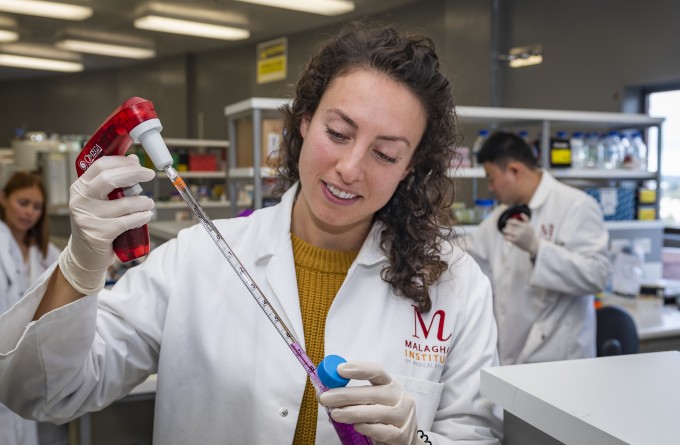
Location, location, location: study finds where MAIT cells live may determine their role in allergic disease
12 February 2024

Health Research Council to fund clinical study investigating the skin’s role in initiating allergic disease
28 June 2023
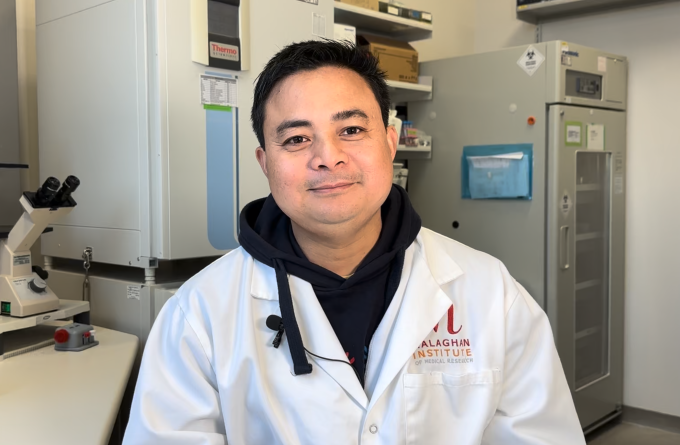
In Focus: From tiger conservation to parasites and the allergy epidemic
10 May 2023
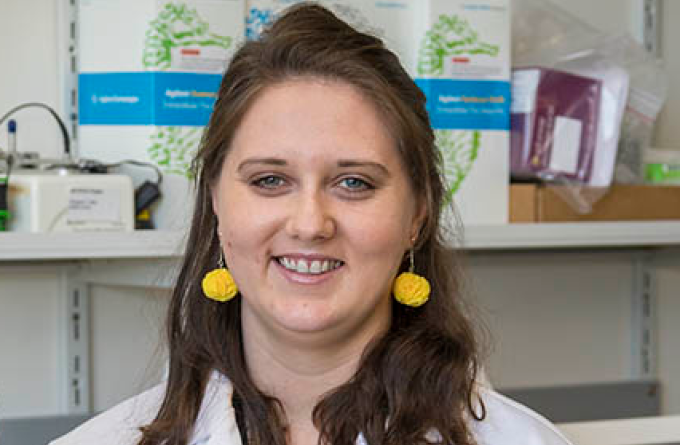
Allergic disease research update for Allergy NZ - Dr Kerry Hilligan
30 March 2023
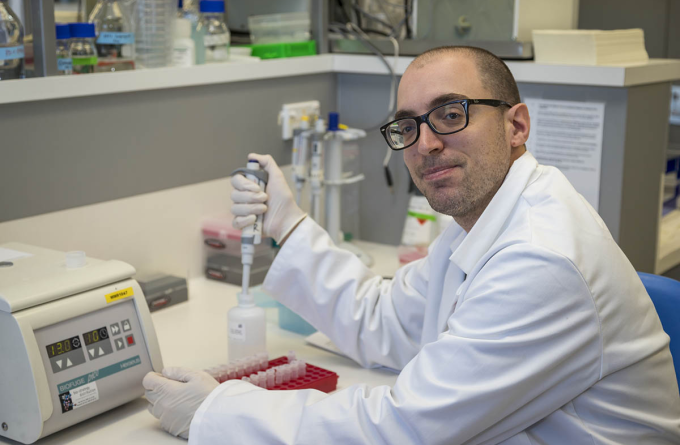
In Focus: How gene-editing technology is pushing the boundaries of exploration into the immune system
16 January 2023
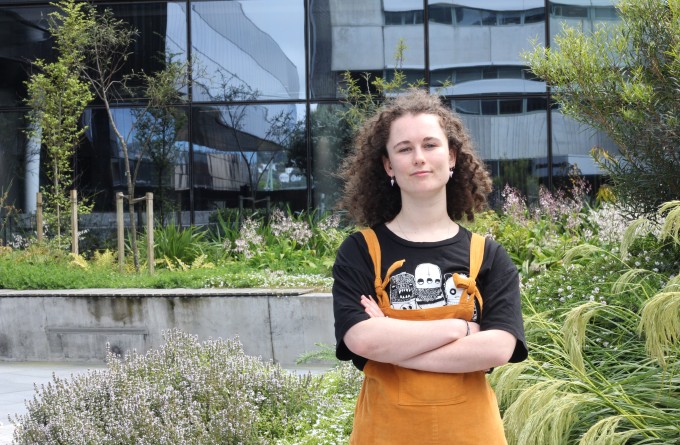
In Focus: Uncovering the mysteries of asthma and allergy development
12 December 2022
